Introduction
Garlic, a humble kitchen staple, has been revered for centuries not just for its culinary versatility but also for its potential health benefits. Imagine adding that fresh, aromatic flavor right from your own garden. If you're exploring the joys of home gardening, consider the rewarding activity of planting garlic this spring. Not only does this bulbous plant enhance a wide range of dishes, but cultivating your garlic also ensures you have access to organic, pesticide-free produce straight from your backyard.
Spring planting of garlic, typically an endeavor complemented with patience and care, can significantly reward the home gardener with a bountiful harvest. This guide will delve into the fascinating world of garlic planting during spring, taking you step-by-step through understanding garlic varieties, the intricacies of spring planting, and maintenance for optimal growth.

Understanding Garlic Varieties
Types of Garlic
Hardneck vs. Softneck
Garlic is categorized primarily into hardneck and softneck varieties, each with distinctive characteristics and growth requirements. Knowing the difference will help you choose the best type for your garden, considering factors such as climate and culinary needs.
Hardneck Garlic
Hardneck garlic, known for its robust flavor, grows a stiff stem from its center (thus the name "hardneck"). This variety is generally more suited to colder climates and is favored for its complex taste, often referred to as spicier or more aromatic than its softneck counterpart. Although hardnecks have a shorter shelf life, their flavor depth makes them a popular choice among gourmet cooks.
Popular hardneck varieties include Rocambole, Purple Stripe, and Porcelain. These types are known for their unique scapes, a part of the plant which can be harvested and used in cooking for added flavor.
Softneck Garlic
Softneck garlic is recognizable by its soft, pliable stalk, which makes it easier to braid. This variety thrives in milder climates and generally stores better than hardnecks, making it a staple in supermarkets due to its longer shelf life. Softneck garlics are often milder in taste, suitable for a variety of dishes without overpowering them.

Common varieties include Silverskin and Artichoke, both known for their ease of growth and versatility. If you're aiming to harvest garlic that can be stored over several months, softneck varieties are an excellent choice.
Spring Garlic Planting: A Step-by-Step Guide
Preparing Your Garden
Before planting your garlic, preparation is key to ensuring a healthy and productive harvest. Start with selecting the right spot in your garden. Garlic thrives in well-drained, loamy soil with plenty of sunlight. Collect soil samples to test for pH levels; garlic prefers slightly acidic to neutral soil (pH 6.0-7.0).
Amending the Soil
If soil tests reveal that your soil lacks nutrients, amend it using well-rotted compost or a balanced organic fertilizer. At Plantology, we recommend enriching your garden with our organic soil amendments available on our website. Proper soil preparation provides garlic with the rich nutrients it needs to grow.
Setting Up for Success
Design your garden layout to allow for ample room between garlic plants, typically six inches apart. Mark out rows with a spacing of about 12 inches. A well-organized garden ensures better air circulation and reduces the risk of disease, providing each plant with access to sunlight and nutrients.
Planting Garlic in the Spring
While garlic is traditionally planted in the fall, spring planting can also be successful with the right approach. Choose high-quality seed garlic from reputable suppliers, ideally from a source that matches your local climate demands.
Breaking and Planting Cloves
Separate the bulb into individual cloves a day before planting, keeping the papery skin intact. This protective covering helps prevent rot and disease early in development. Plant each clove pointed-end up, about 2 inches deep into the soil.

Watering and Mulching
After planting, water the area well to settle the soil around the cloves. Applying a thick layer of mulch, such as straw or shredded leaves, can help retain moisture and suppress weeds. Mulching is particularly beneficial in spring planting as it modulates soil temperature fluctuations.
Maintenance for Optimal Growth
Watering Tips
Water garlic consistently, providing about an inch of water per week depending on rainfall. Overwatering can cause bulb rot, so ensure the soil is moist but not soggy. As the tops begin to yellow in early summer, reduce watering to prepare the bulbs for harvest.
Fertilization Strategy
During the growing season, side-dress garlic with nitrogen-rich fertilizers such as blood meal or compost tea. This promotes strong leaf growth which is vital for bulb formation. Avoid high nitrogen fertilizers close to harvest time to prevent delaying bulb maturation.
Pest and Disease Management
Garlic is relatively resistant to pests, but vigilance is essential. Watch for signs of fusarium or white rot, diseases that can severely damage your crop. To prevent these, rotate your garlic crop annually and avoid planting where members of the allium family have recently grown.

Maximizing Your Garlic Harvest
Identifying Harvest Time
Your garlic is ready to harvest when the lower leaves turn brown, but about five green leaves remain. This indicates the bulbs are mature but not overripe, which could lead to splitting. Loosen the soil gently with a fork before lifting each bulb.
Drying and Curing Garlic
Once harvested, lay garlic in a single layer in a dry, well-ventilated location out of direct sunlight for curing. This process takes about 3-4 weeks and is critical for long-term storage. After curing, trim roots and remove any remaining dirt carefully to prepare for storage.
Storage Techniques
Store dried garlic in a cool, dark, and dry place. Softneck varieties keep well for around six months, while hardnecks can last about three months. Avoid refrigeration as it causes garlic to sprout prematurely.
For those seeking the very materials to enrich and cultivate their gardening ambitions, our wide range of Plantology's garden products can be your biggest ally.
Culinary Uses and Health Benefits
In the Kitchen
Garlic’s pungent, savory flavor has earned it a crucial place in cuisines worldwide. Used raw or cooked, it can transform mundane dishes into culinary masterpieces. From pastas and stir-fries to soups and roasted vegetables, garlic’s versatility in the kitchen is unparalleled.

Health Benefits
Aside from its delectable flavor, garlic offers potential health benefits. It is known for its anti-inflammatory, antibacterial, and antioxidant properties. Regular consumption can support heart health and may strengthen the immune system, owing to the powerful compound allicin.
Conclusion
Spring planting of garlic can be immensely satisfying, yielding a harvest that's both delicious and beneficial. Understanding the nuances between garlic varieties, maintaining optimal growing conditions, and following through with proper harvest and storage techniques can ensure a successful garlic yield.
As you embark on your gardening journey, explore Plantology's curated selection of plant varieties and soil amendments, designed to support a diverse and thriving garden. Financially support your passion with the confidence of investing in tools and seeds that nurture growth and sustainability. Your green thumb adventure with garlic could be the gateway to broader culinary and gardening horizons.
For the best in garden-ready options and to get started with home gardening, visit Plantology today!
Expanding Your Garlic Knowledge
Myths and Misconceptions
Despite its popularity, there are several myths surrounding garlic that can mislead novice gardeners. One common misconception is that more is better when it comes to garlic cultivation. Planting cloves too close together can actually hinder bulb development due to competition for nutrients and water.
Another myth suggests that garlic needs excessive water to thrive. While keeping the soil consistently moist is vital, overwatering can lead to bulb rot, a common problem in poorly drained soils. The balance of water is crucial for developing healthy garlic plants.
There is also a fallacy that garlic can repel every pest. While it may deter some insects, like aphids, it doesn't provide a universal solution for all garden pests. Integrated pest management strategies are often necessary for comprehensive protection.
Interesting Historical Facts
Garlic has a rich history, woven into the tapestry of various cultures and civilizations. Ancient Egyptians placed garlic among the tomb treasures of the Pharaohs, believing in its sacred properties. Egyptian skulls dating back to 3,200 BC have been discovered adorned with garlic paintings.
The ancient Greeks and Romans consumed garlic for strength and endurance. Greek athletes participating in the original Olympic Games reportedly ate garlic before competitions for an extra energy boost, a tradition akin to modern-day sports supplements.

In medieval Europe, garlic was employed in various folk remedies. During the Great Plague, it was crushed and mixed with vinegar to form a tonic believed to ward off disease. This period saw garlic cement its reputation as both a culinary and medicinal staple.
Garlic Around the Globe
Garlic's influence spans worldwide, evidenced by its presence in countless cultural dishes. In Asian cuisine, particularly in Chinese and Indian cooking, garlic is a staple. It stars in dishes like stir-fries, curries, and dumplings, delivering pungent, bold flavors that are both comforting and complex.
In Mediterranean regions, garlic is a foundation for many sauces, like Italian aioli and Spanish allioli. These garlicky emulsions showcase how a few simple ingredients can unite to create layered taste profiles that enhance any meal.
In the Middle East, garlic is often roasted to blend with tahini in hummus, adding depth and warmth to this beloved dip. Its versatility extends beyond traditional dishes, appearing in innovative fusion cuisines that marry diverse culinary traditions.
Advanced Garlic Cultivation Techniques
Companion Planting
Garlic's pungent aroma makes it an excellent companion plant for deterring pests. Planting garlic alongside roses can help control aphids, a common rose pest. It is also beneficial when grown next to carrots, tomatoes, and peppers, potentially improving their growth by repelling harmful insects.

Avoid planting garlic near legumes like beans and peas. These plants can be inhibited by the growth of alliums, making careful planning of your garden layout crucial for optimal growth of all plant varieties.
Garlic Breeding
While garlic is commonly propagated through cloves, some enthusiastic gardeners explore breeding new varieties from true garlic seeds (bulbils). This long-term project involves collecting bulbils from the scapes of hardneck garlic and planting them in successive seasons to develop new strains.
This process requires patience and a thorough understanding of plant genetics but promises the reward of unique garlic varieties with custom flavors and growth traits tailored to your climate and soil conditions.
Seasonal Care Adjustments
Each growing season presents unique challenges and opportunities for garlic cultivation. In spring, focus on establishing strong plant growth with consistent watering and vigilant weed control to reduce competition for resources.
As temperatures rise in summer, adjust watering schedules to prevent over-moisture, particularly in regions with heavy rainfalls. Consider additional mulching to maintain soil temperature and prevent bulb overheating, which can lead to splitting or bolting.
In preparation for the autumn and next winter's chill, select cloves from your healthiest plants for replanting. This practice, known as seed saving, ensures genetic continuity and can improve your crop's resilience over time.

Enriching Your Culinary Palette with Garlic
Recipes and Flavor Pairings
Maximize garlic's culinary potential by incorporating it into a variety of dishes. Garlic confit, a slow-cooked immersion of cloves in olive oil, softens and sweetens garlic's robust flavor, making it perfect for spreading on bread or whisking into vinaigrettes.
Combine garlic with rosemary and lemon to marinate chicken or lamb, imparting a fusion of tangy and savory notes that elevate the dish. For a Mediterranean twist, sauté garlic with tomatoes and basil to create a rich sauce for pasta or grilled vegetables.
For those fond of spicy food, roasting garlic with chili peppers can create a fiery paste to invigorate soups and stews. The mild heat of garlic added with hot chilies ensures a complex, pleasingly piquant experience.
Garlic in Health Regimens
Beyond the kitchen, garlic has been researched extensively for its contribution to health and wellness. Studies suggest that garlic supplements may contribute to improved cardiovascular health by regulating blood pressure and reducing cholesterol levels.
Garlic's antioxidant properties can support cellular health, potentially aiding in cancer prevention efforts. Reliable sources indicate that its sulfur compounds can boost the immune system, making it a valuable addition to daily dietary intake, particularly during seasonal changes.

Those interested in natural remedies may consider garlic's role in irritant reduction for common colds and flu, supporting respiratory health. The efficacy and dosage, however, must be discussed with healthcare professionals to safely integrate into holistic health practices.
Conclusion
The process of growing garlic at home offers more than the satisfaction of a delicious, home-grown ingredient. It connects gardeners to age-old traditions, engages them deeply with the natural world, and expands their culinary horizons. Garlic cultivation is accessible to everyone, from novices seeking their first garden successes to experts eager to experiment with new plant varieties.
As you plant your garlic, consider the rich stories and multifaceted benefits each clove shelters. It promises not only flavor and nutrition but also resilience and beauty in your garden. Explore the range of resources and supplies required for your gardening pursuits, such as those found on Plantology, to ensure the foundation for growth and sustainability.

Embark on your personal gardening journey and savor the fruits of your labor, enriched with the knowledge and joy of growing garlic. Whether you’re planting for the kitchen, for curiosity, or as part of a broader commitment to self-sustainability, let garlic inspire and guide you as it has countless generations before.

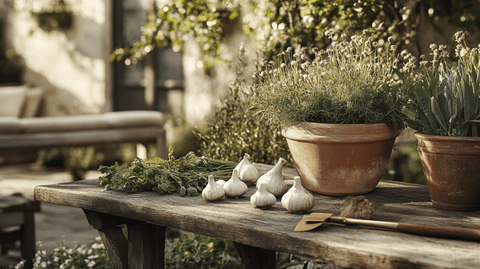

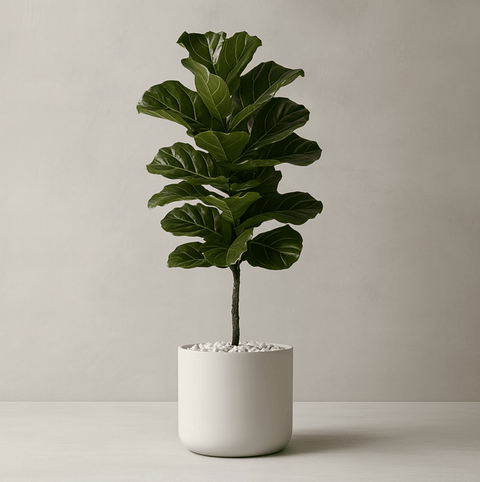
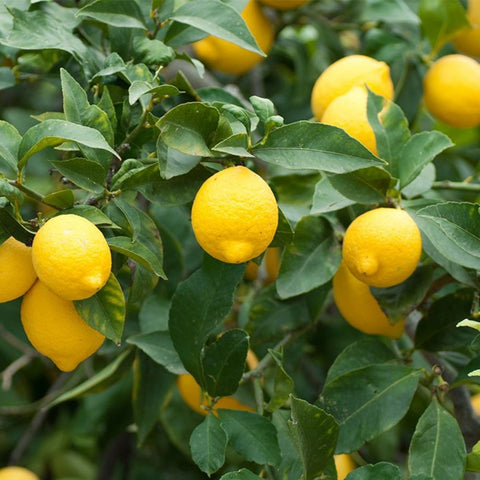

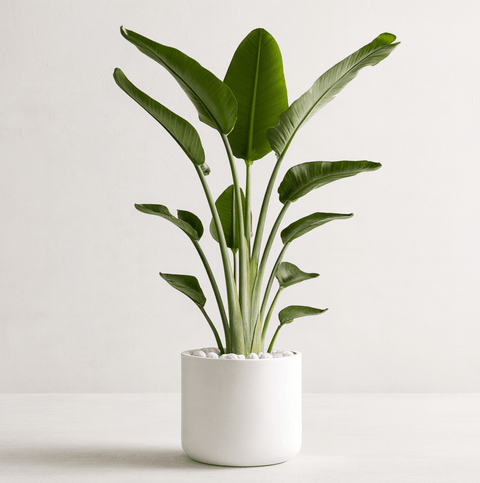

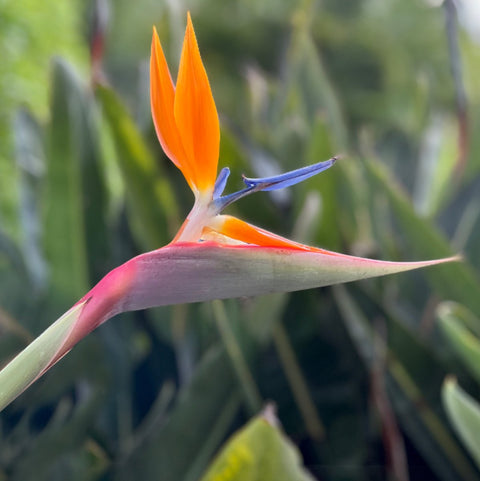

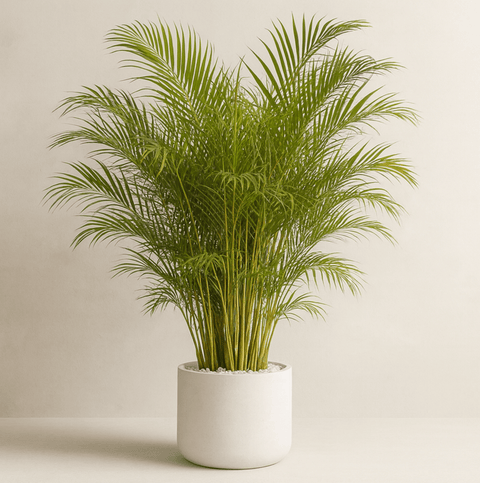


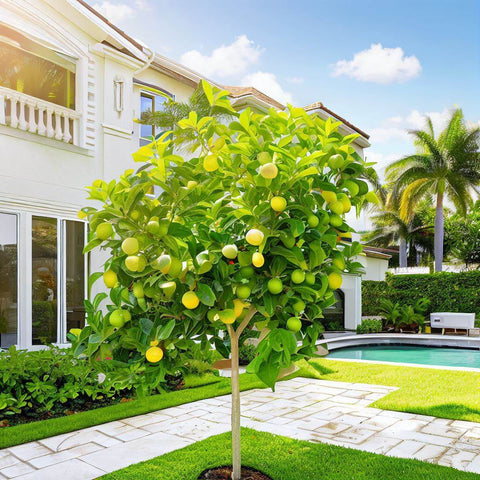



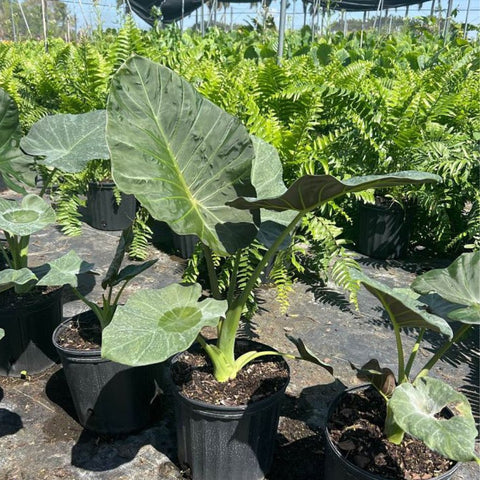





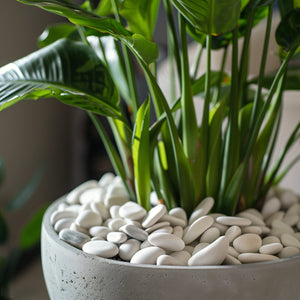

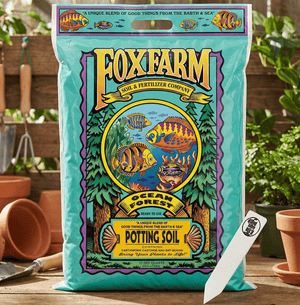




Comments (0)
There are no comments for this article. Be the first one to leave a message!